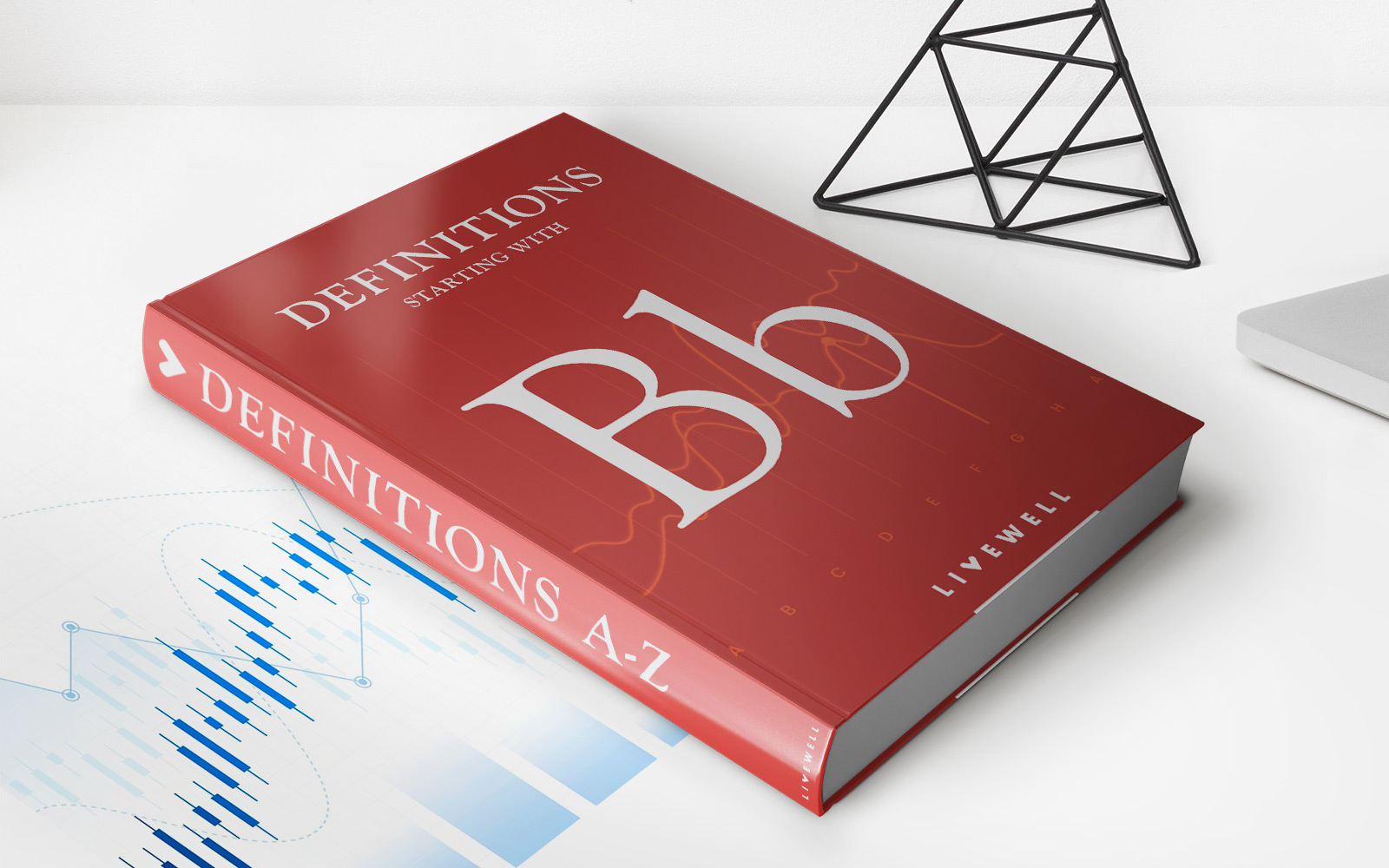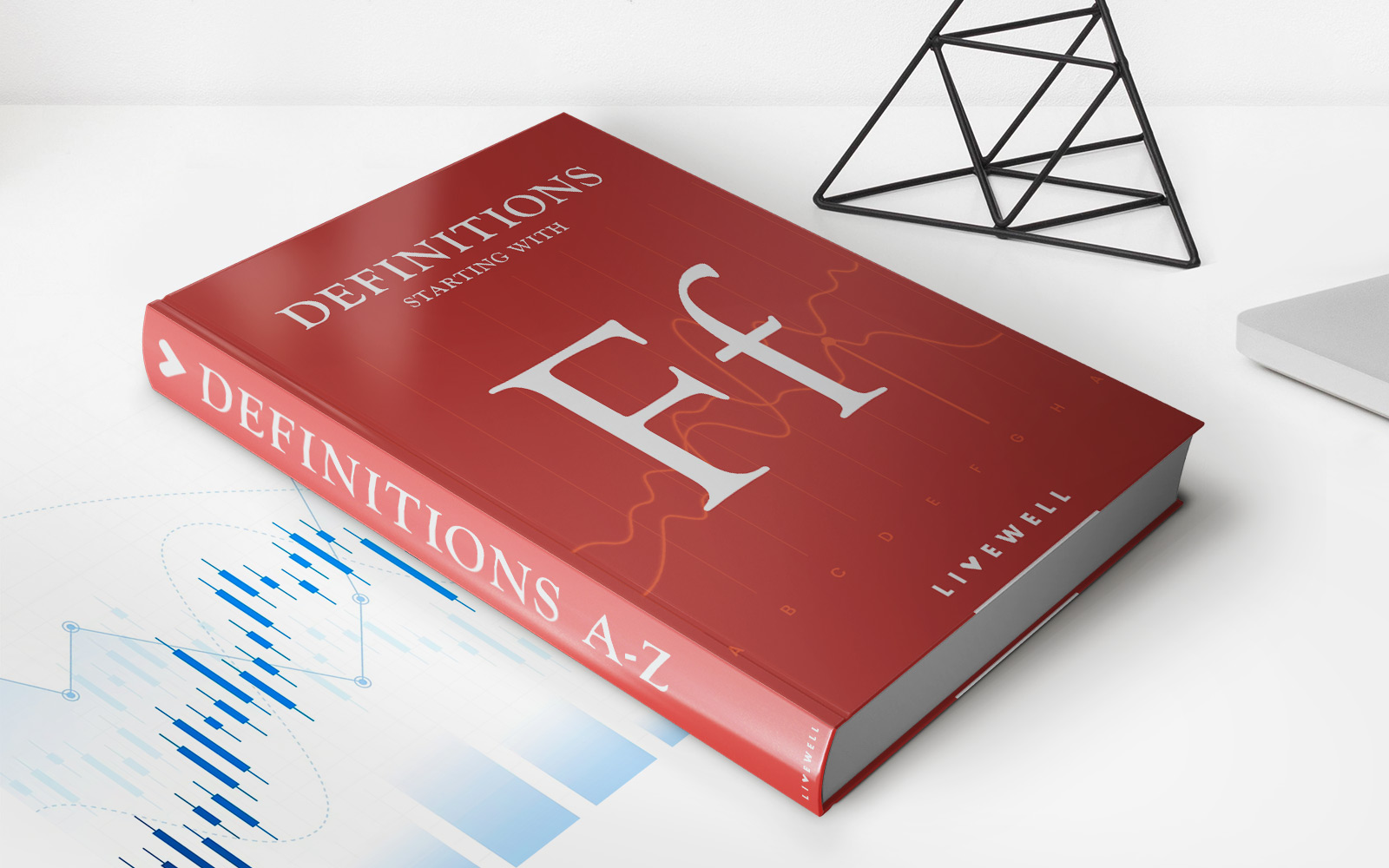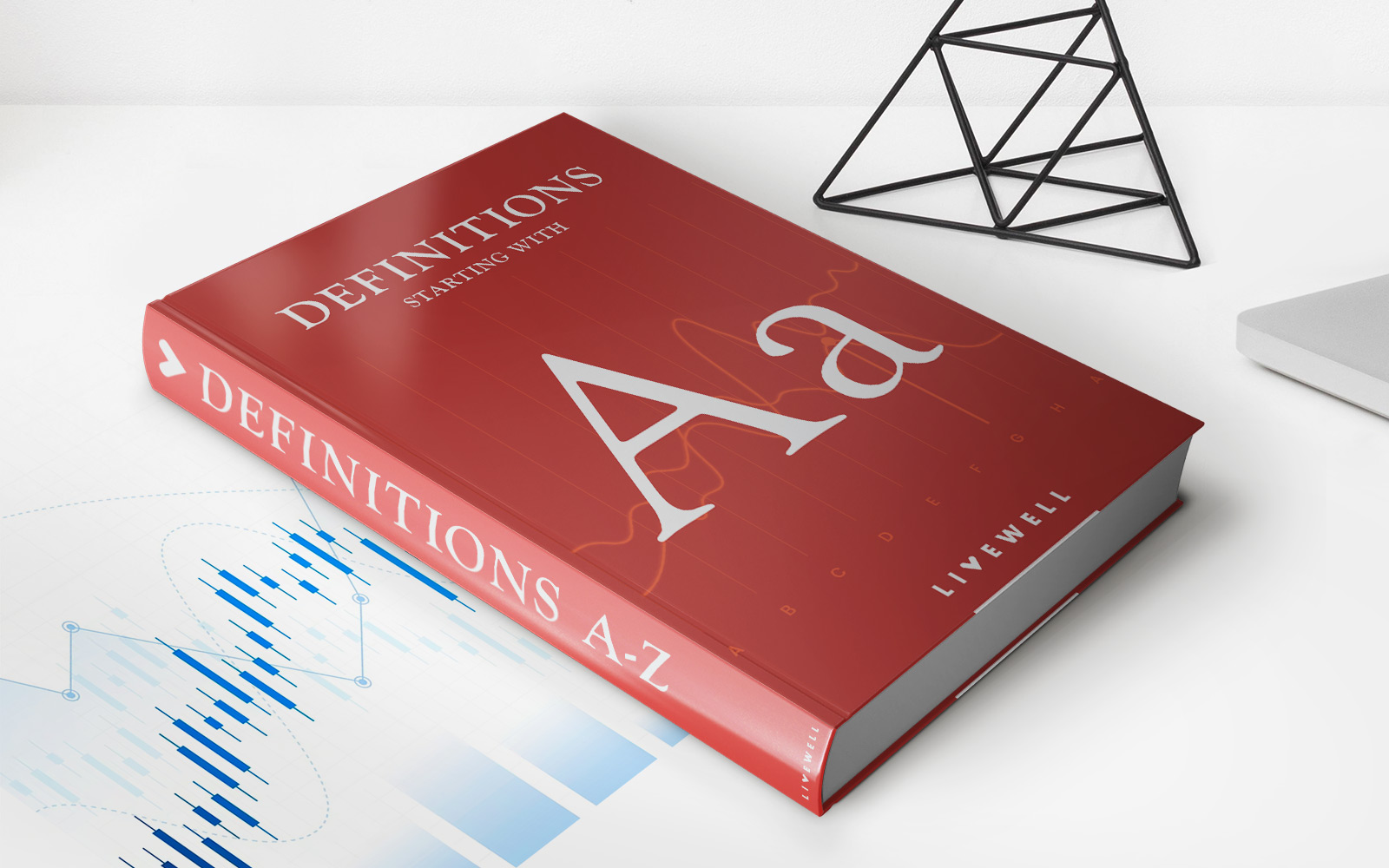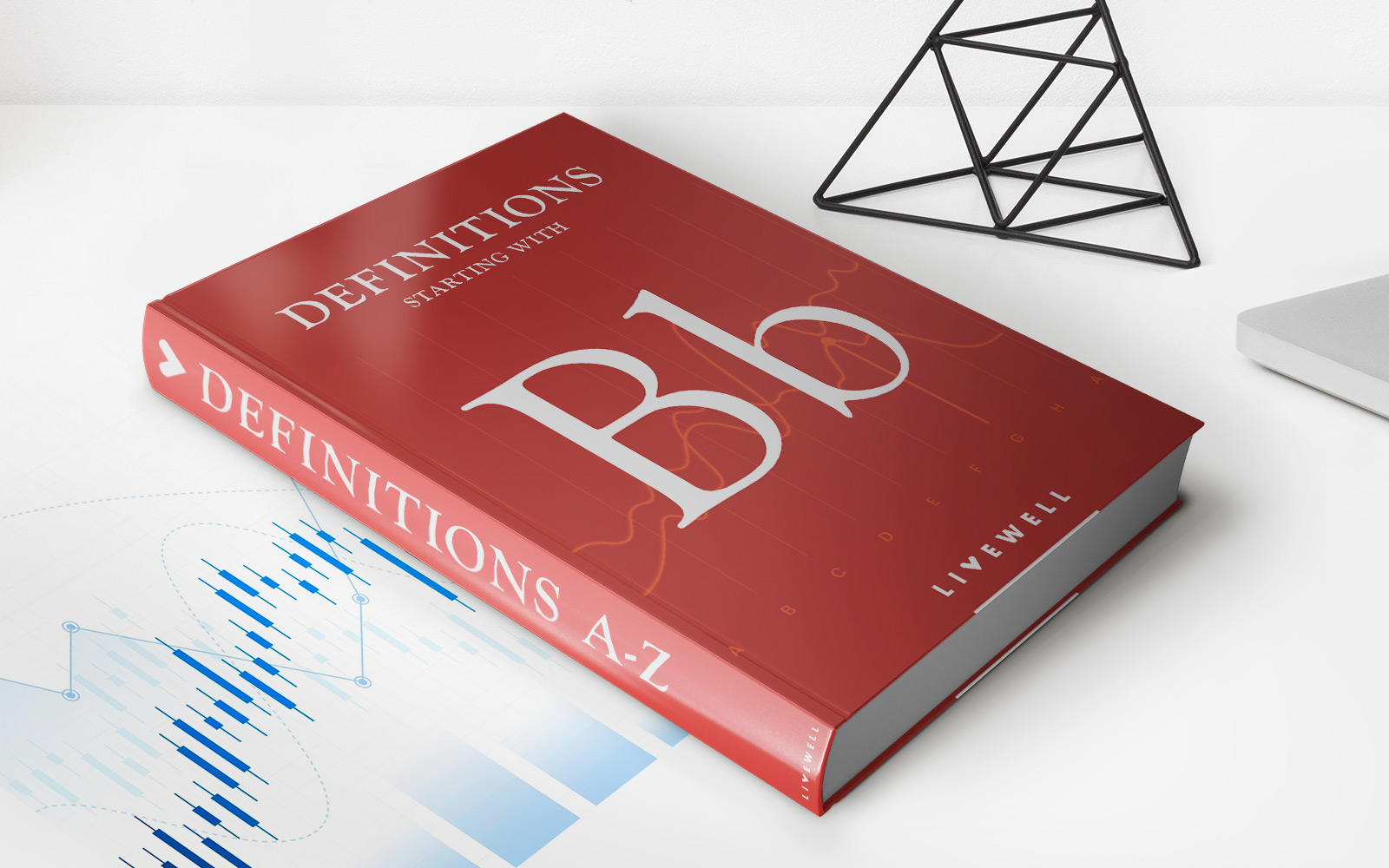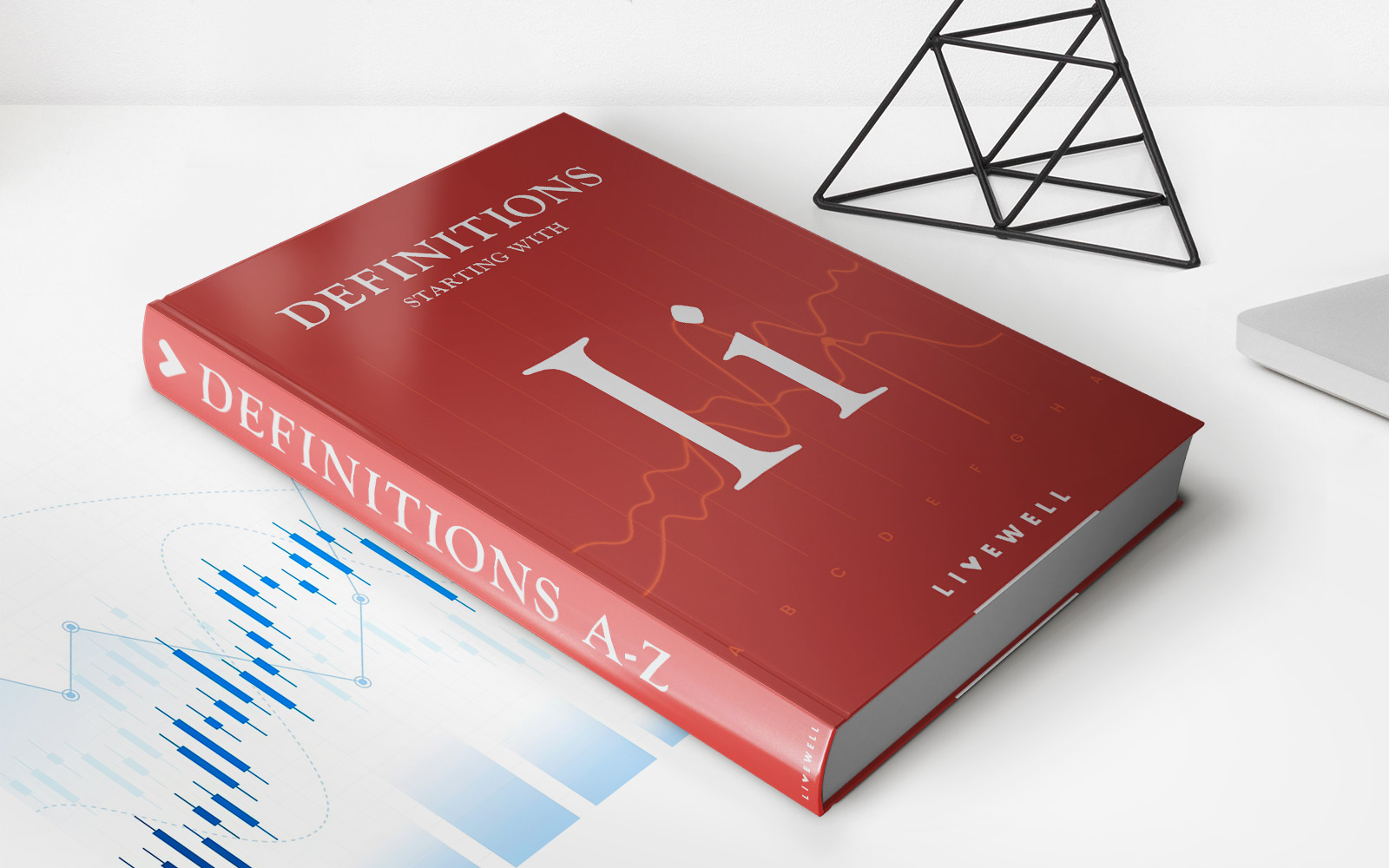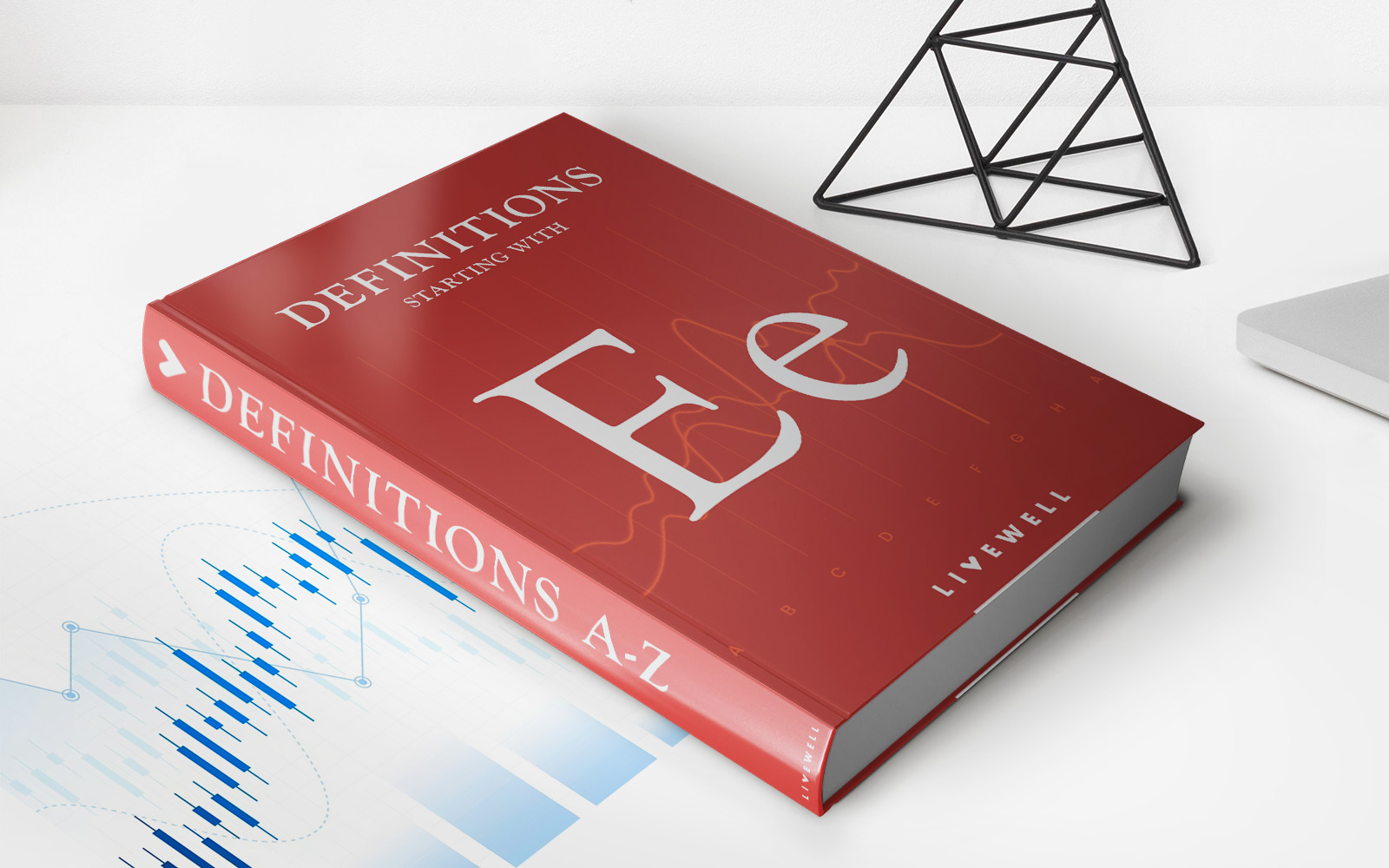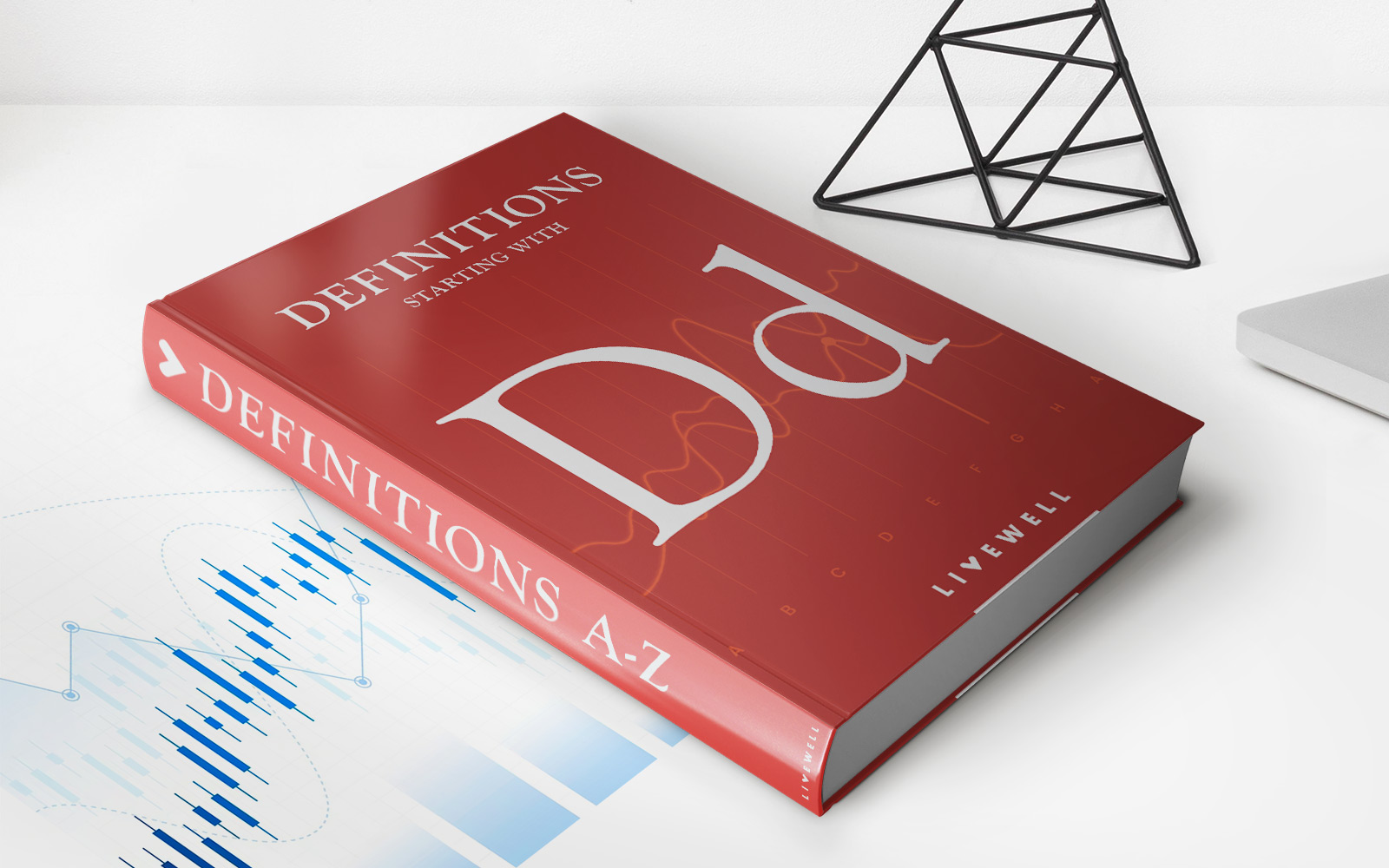Home>Finance>Bullet Bond: Definition, Example, Vs. Amortizing Bond
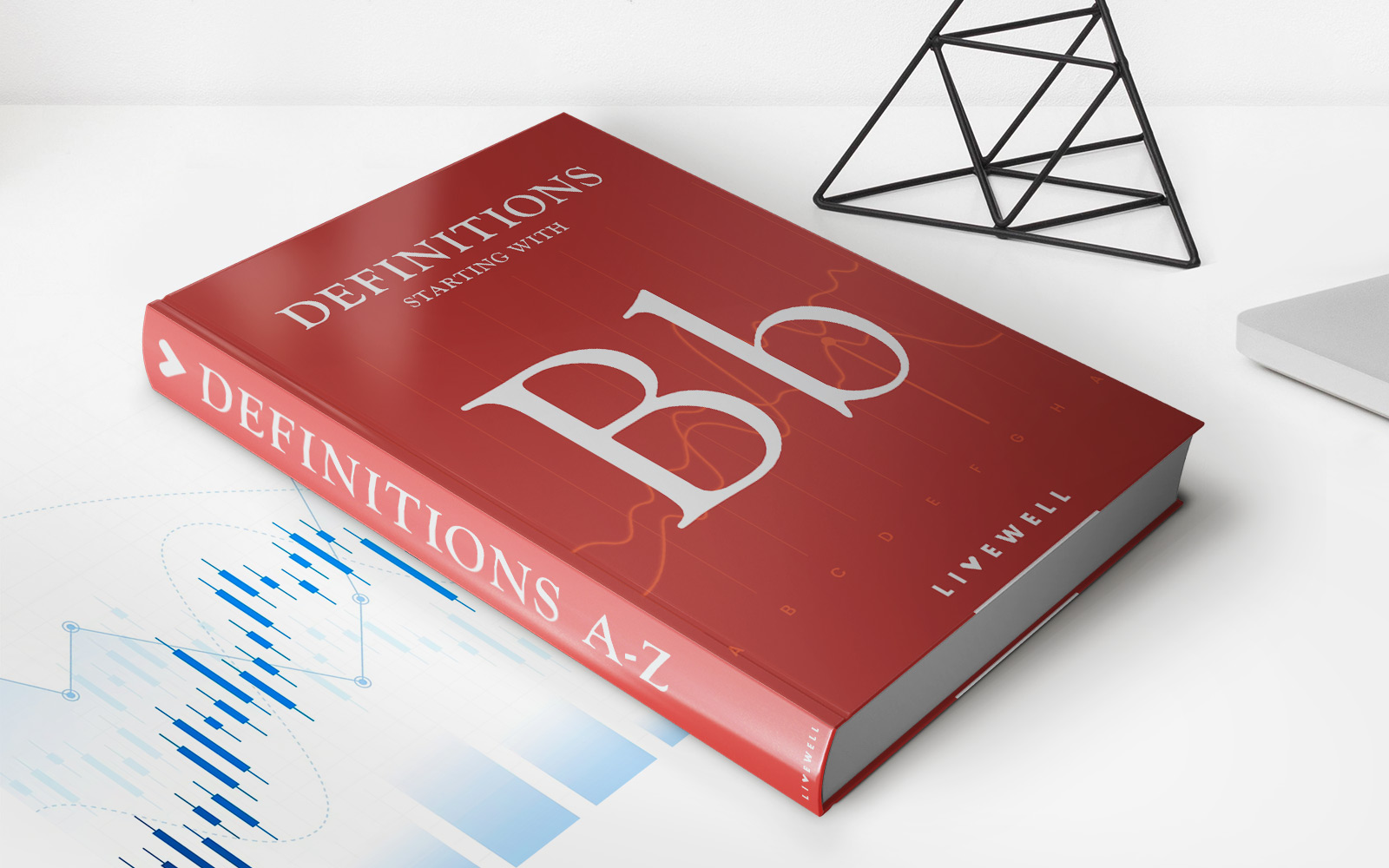

Finance
Bullet Bond: Definition, Example, Vs. Amortizing Bond
Published: October 20, 2023
Get a clear understanding of Bullet Bond and its key differences compared to Amortizing Bond in the world of finance. Discover the definition, examples, and more.
(Many of the links in this article redirect to a specific reviewed product. Your purchase of these products through affiliate links helps to generate commission for LiveWell, at no extra cost. Learn more)
Bullet Bond: Definition, Example, Vs. Amortizing Bond
Are you looking to expand your knowledge in the world of finance? Today, we are diving into the concept of bullet bonds. In this blog post, we will explore what bullet bonds are, provide an example to help illustrate their use, and compare them to amortizing bonds. By the end of this post, you’ll have a clear understanding of how bullet bonds differ from other types of bonds and why they are an important tool in the world of finance.
Key Takeaways:
- Bullet bonds are a type of fixed-income security that pays investors a fixed interest rate over a specified period of time.
- Unlike amortizing bonds, bullet bonds do not make periodic principal payments and instead, repay the principal amount in full at maturity.
What is a Bullet Bond?
A bullet bond is a type of fixed-income investment that pays investors a fixed interest rate over a specified period of time, known as the bond’s maturity. The term “bullet” refers to the repayment structure of the bond, where the issuer makes a lump-sum payment of the bond’s principal amount at maturity. This structure is in contrast to amortizing bonds, which make periodic principal payments along with interest payments.
Let’s take a closer look at how a bullet bond works with an example:
Imagine you are a savvy investor looking to diversify your portfolio. You decide to purchase a bullet bond with a face value of $10,000 and an annual interest rate of 5%. The bond has a maturity of 5 years, meaning that at the end of the 5-year period, the issuer will return the full $10,000 to you.
Throughout the 5-year term, you will receive annual interest payments of $500 (5% of $10,000) from the issuer. These payments are typically made on a semi-annual or annual basis, depending on the terms of the bond. At the end of the 5 years, you will have collected a total of $2,500 in interest payments in addition to the $10,000 principal repayment. This makes a bullet bond an attractive investment option for those seeking consistent income over a fixed period of time without the hassle of periodic principal payments.
Bullet Bond vs. Amortizing Bond
Now that we understand the basics of bullet bonds, let’s compare them to amortizing bonds, another common type of bond. The key difference between the two lies in the repayment structure:
Bullet Bond:
- No periodic principal payments.
- Full principal repayment at maturity.
- Interest payments made on a regular basis.
Amortizing Bond:
- Periodic principal payments along with interest payments.
- Gradual reduction of outstanding principal balance over time.
- Interest payments made on a regular basis.
Amortizing bonds are often used for long-term financing, such as mortgages, where regular principal payments help reduce the outstanding loan balance. On the other hand, bullet bonds are ideal for issuers and investors who prefer a fixed interest income over a set period without the complexity of periodic principal payments.
Conclusion
Understanding the nuances of different types of bonds is essential for anyone interested in finance. Bullet bonds provide investors with a straightforward investment option where they receive fixed interest payments over a predetermined timeframe and full principal repayment at maturity. Compared to amortizing bonds, bullet bonds offer a simpler structure without periodic principal payments. By weighing the pros and cons of each bond type, investors can make informed decisions that align with their financial goals.
